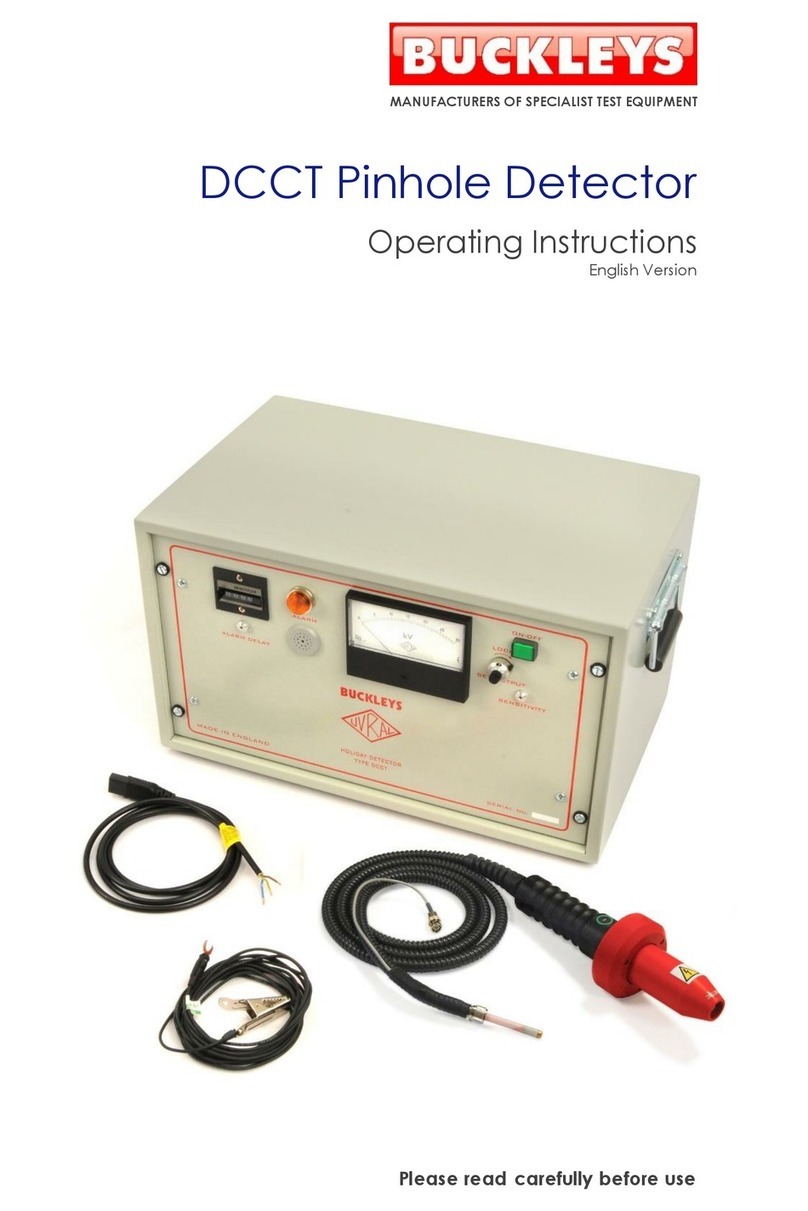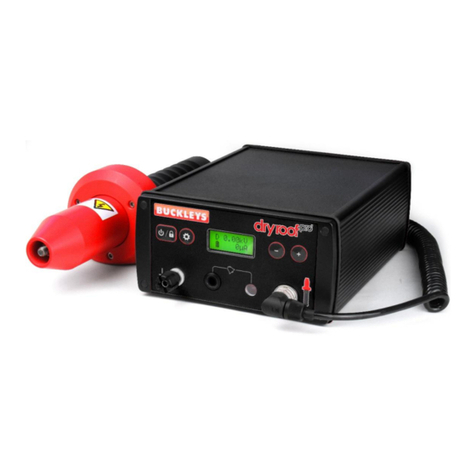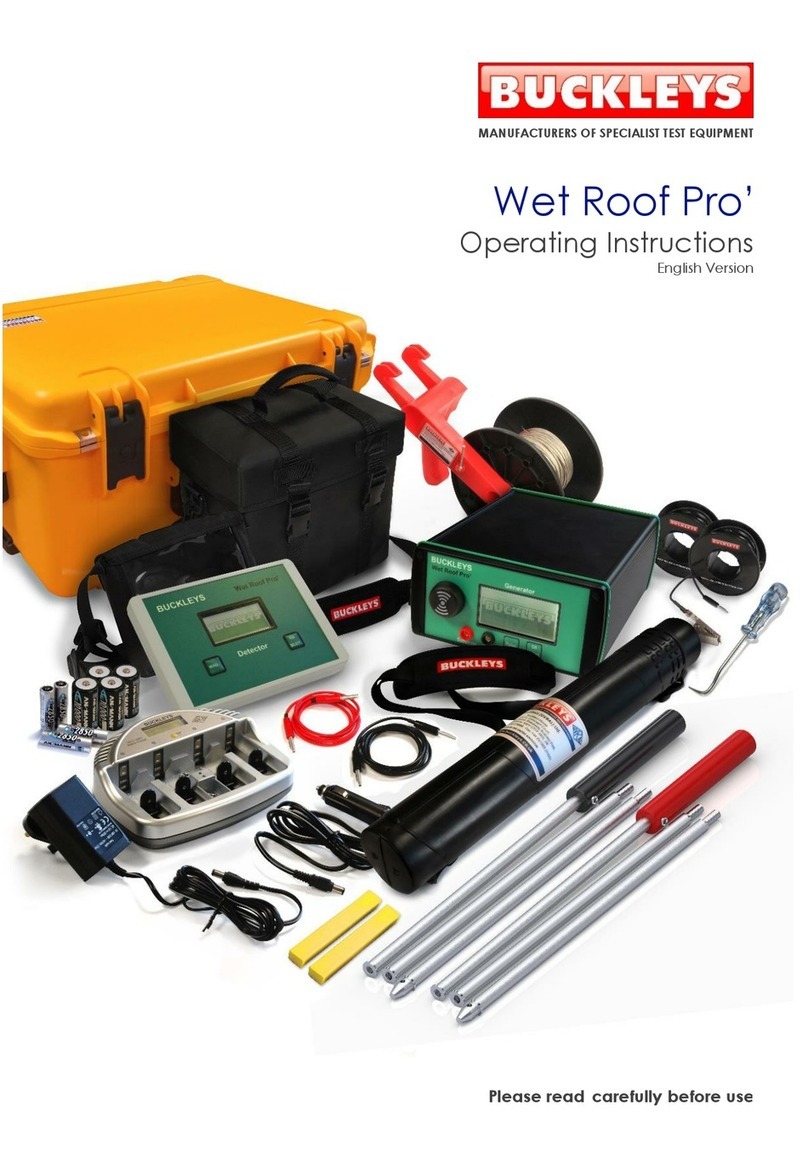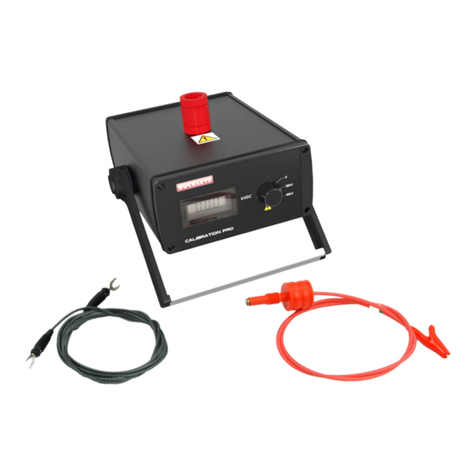
5
Maintenance
The PHD Pro2 is designed for minimum maintenance by the user, however the following periodic
checks/actions are recommended:
The exterior of the unit should be cleaned
regularly. Stubborn dirt may be removed with a
moistened cloth (99% water +1% mild
detergent). Mild solutions may be used to
remove greasy dirt. Do not allow cleaning fluid
to enter the unit. The use of other cleaning
agents may lead to damage to the detector’s
surface areas.
Our service team will ensure your detector’s
performance is within our strict tolerances and
carry out a thorough inspection of the entire kit;
advising you of any repairs required.
It is advisable to remove the batteries and keep
them fully charged when the unit is not in use.
NOTE: The PHD Pro2 requires annual calibration by an approved provider. For more details,
visit: www.buckleysinternational.com/repairs
Register Your Product
Please register this product via Buckleys’
website and download the Warranty
Registration Certificate.
Once your product is registered, you will receive
the following benefits:
•
Annual service & calibration reminders by
email
•
Latest industry news relating to yourproduct
•
Be the first to hear about our new products
We strive to improve the quality of our products
and service. By registering your product, you
can help us monitor overall quality of our
products, service and dealer network.
Additionally, if we ever need to contact you
regarding your product, we are able to do so
immediately.
To register your product, simply visit:
www.buckleysinternational.com/registration
... complete the online form and click on ‘SUBMIT’
Useful Advice
Instrument sensitivity
Several variables including the test material
itself, temperature, solar load and electrode
type and size will impact the sensitivity setting
required. The detector will show a low-level
current draw in micro-amps (µA) as the
electrode is passed over a coating. A sensitivity
setting around 100µA above the displayed
current draw is often suitable; although
attention should be given to verify the
effectiveness of the sensitivity setting; too low
may cause false-alarms and too high could
cause faults to go undetected.
It may not always be possible to determine a
suitable sensitivity setting. In such cases,
increasing the sensitivity until the detector
switches to ‘Spark Only’ mode prevents the
alarm from triggering unless a direct connection
to ground is made. A higher test voltage may
be required to compensate for current drawn
as the electrode passes over the coating. This
method is less precise and will not detect weak
or thin areas as readily.
This new generation instrument is capable of
detecting flaws much more rapidly than
previous models. As a result of this, it is possible
to get multiple alerts for a single flaw, which
may be inconvenient or distracting for the
operator. In this case, the Alarm Suppression
may be adjusted – a setting of zero indicates no
suppression, and higher settings will
progressively reduce the likelihood of multiple
alerts.
We recommend using the lowest comfortable
setting as this reduces the chances of missing a
second flaw close to one detected first.































